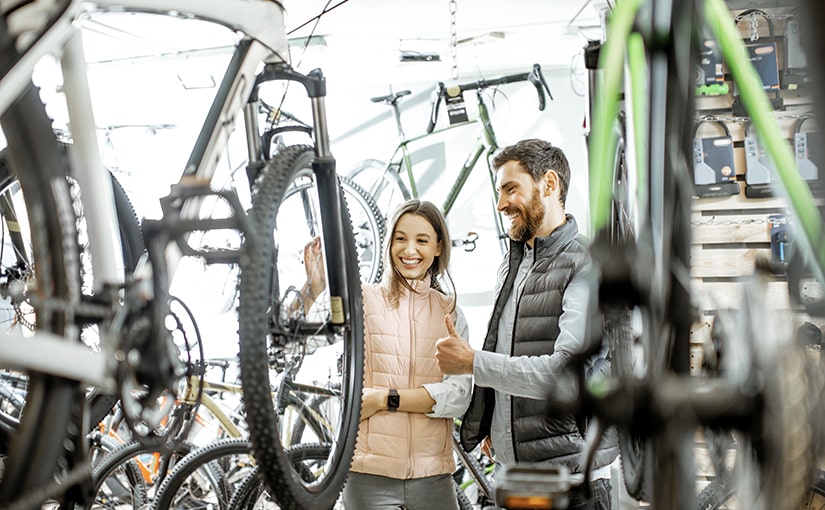It is during the Tour de France each year that many couch lubbers consider buying a top model bike and hitting the hills.
The bike shop owners await the usual bike demand with a boom in bike sales, but don’t rush out and pay top dollar just yet – instead think about organising your finances for when the time is right to buy.
Now, with low interest rates, it is a good time to get a personal loan set up to buy a top of the range bike, so you’re ready to pounce on a bargain when you see one. However, if you wait for the initial sales rush to pass, you should be able to bargain down the price as sales tend to drop off as the excitement of Australia’s involvement wears off.
The statistics tell the story. Australia has two academics who keep an eye on the numbers of people buying bikes.
Last year Professor Chris Rissel and researcher Chris Gillham reported in the World Transport Policy and Practice Journal that the number of cyclists in comparison to Australia’s population growth has actually reduced significantly over the past decade.
You might wonder why the professor from the Sydney Medial School has an interest in bikes, and the answer is he is a public health academic examining the benefits of various activities for health reasons.
It is a bit tricky for the two researchers to assess the actual figures – the bike industry provides a much higher figure than the Census figures, but the two professors do allow some leeway there because the Census is based on one day every five years and is completed on a winter day when many people in the colder Australian states forsake their bike for a warmer train, bus or car ride.
The bicycle industry claims that the number of new bikes outsold the number of new cars in 1999, and Australian Cyclist magazine recently reported the largest number of bike sales in Australian recorded history. There is general agreement that the number of bikes sold is slowly increasing with more than 1 million a year imported for sale. But being a professor, Chris Rissel then compared the figures with the growth in the Australian population and that saw the population growth percentage far outstripping the increase in bike sales.
The two researchers then put together a heap of various data and concluded that the number of trips to work by bicycle has remained about the same over the past 25 years and that figure only represents one per cent of the people going to work. The number using bikes for leisure is likely to be much higher.
But they remain sceptical and that is a bonus for anyone about to buy a bike after the Tour de France, as prices are likely to peak and then reduce as retailers meet the reduced market demand.
Rissel and Gillham do point to a significant factor which affects bike riding. They note a significant reduction in bike riding since bike helmets were introduced in 1992 nationwide.
DISCLAIMER
All personal loan facilities are subject to lending criteria, including a minimum amount financed.




